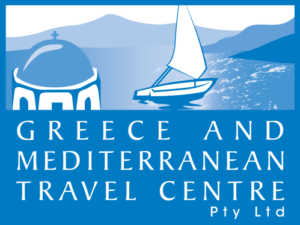Crete
Crete General Information
The island of Crete, largest in Greece (covering an area of 8,261kmˆ2) separates the Argean from the Libyan Sea and marks the boundaries between Europe and Africa. Majestic mountains rise in its centre - the White Mountains, Psiloritis, Dikti - full of legends and history. Its plateaus are split by deep gorges and end up in fertile valleys. The scenery is constantly changing. In one place harsh and barren, in another wooden and gently. Its villages smothered in greenery. Olive trees, orange groves, vineyards, early vegetable gardens. Old stone farmhouses, monasteries and villages perched on mountain ridges, castles and chapels forgotten on steep slopes. Shores lined with forbidding rocks, often inaccessible, but also lots of endless sandy or pebble beaches.
Crete is also renowned for its flora and fauna: Chestnut-tree, oak-tree and cypress forests. Palm tree forests and cedar forests. Medicinal herbs and aromatic shrubbery on the rocky slopes and steep mountain tops. The mountains are also home to the Cretan wild goat, known as kri-kri. The main cities-ports on Crete - Hania, Rethymno, Heraklio, Agios Nikolaos, Sitia - developed on the north side, which is more benign topographically. Ierapetra is the only port on the shores of the Libyan Sea, facing Africa.
The island with its clear, warm sea, boundless beaches lined with tamarisks, splendid plateaus and mild starry nights, has more to offer than its gorges, unscaled peaks and climate. Today it continues to be very much alive and to develop, in particular its cities which are changing in appearance from one day to the next, in contrast to the many villages where life goes on in the same rhythm it has for centuries.
